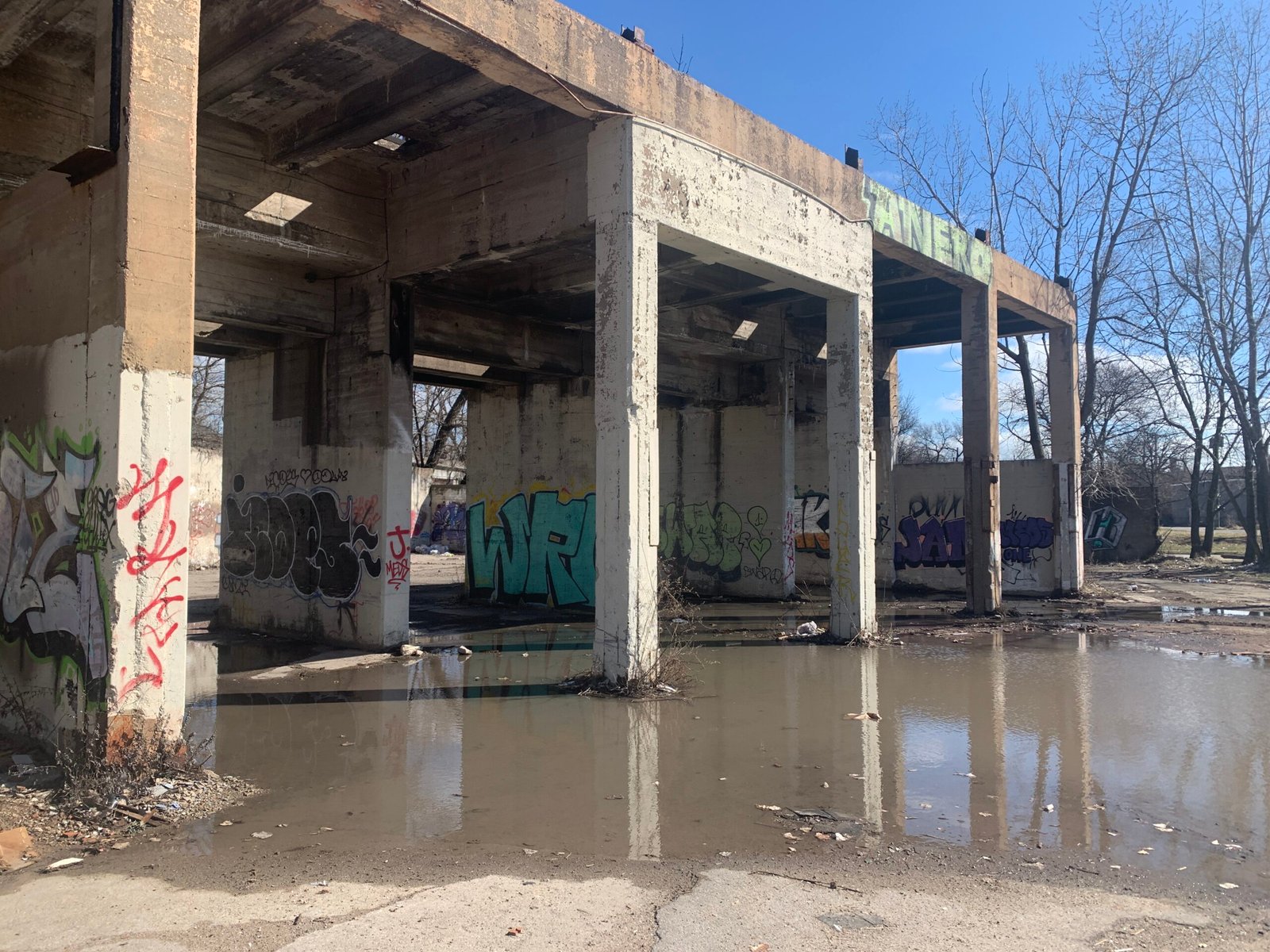Objective 1: citizen science
Urbanization, climate change, and infrastructure mismanagement are rapidly exacerbating strains on stormwater infrastructure. Stormwater management in urban areas is particularly complex due to the development of impervious land surfaces, many sources of water quality impairment, and concerns about environmental justice. Inadequate stormwater infrastructure can lead to urban flooding, which induces negative physical and non-physical impacts and other socioeconomic ramifications. Uncontrolled pollution in stormwater runoff from urban areas represents an important public health concern. Improved stormwater management in urban areas requires detailed observations of water levels, discharge rates in streams and storm sewers, and water quality parameters.
Flood prediction and stormwater management requires hydrological models to simulate the movement of water from precipitation into streams through hydrological processes under various control and land management scenarios. While physically-based theories have been developed for characterization of individual processes, hydrologic modeling remains inherently data-driven, relying on measurements of precipitation, discharge, land usage, water usage, and hydrography that vary significantly throughout a watershed. The figure below shows hydrological processes simulated with watershed models, including precipitation, streamflow, infiltration, evapotranspiration, soil water movement, etc. Flood susceptibility studies in the Midwest, and nationally, have traditionally been undertaken and communicated on a watershed basis and have been primarily focused on riverine or fluvial flooding. While these assessments are vital to adaptation to changes in precipitation and surface and sub-surface hydrology in the region, they are not sufficient for understanding local-scale flooding, particularly urban or pluvial flooding.
[
One approach for more robust stormwater data collection and characterization is through citizen science. Researchers typically monitor water quality at select locations or in major river systems but lack sufficient resources to track water quality in every stream throughout a watershed. Employing volunteer citizen scientists is a potentially important approach to monitor flooding and water quality in urban areas. Citizen scientists can meaningfully contribute by collecting samples from nearby streams and lakes, identifying potential sources of pollution in local watersheds, and increasing the amount of water quality data that are available. An organized network of citizen scientists could potentially monitor a whole watershed or the storm infrastructure of a city. Citizen science not only increases spatial and temporal data quantity but also helps achieve public outreach by generating community awareness and increasing scientific literacy.
Novel sensor network and data fusion technologies may also help address some of the issues associated with urban stormwater data collection. Shortages in formal scientific infrastructure for stream and flood monitoring can be addressed by “crowdsourcing” data from sensor and communication systems such as cellular phones, traffic cameras, webcams, and social media. Crowdsourcing allows for near-real-time observations at the right place and time, i.e., locations where localized flooding occurs that affects human activities. For example, an urban flood model was applied to model a storm event in Shanghai that compared favorably with crowdsourced flood data.
We utilize two forms of citizen science to improve urban stormwater infrastructure management: (i) crowdsourced app-based data collection for identifying stormwater flooding events and (ii) citizen-engaged hands-on water quality testing. We hypothesize that citizen science will increase public awareness of the importance of green infrastructure on water quality and improve public literacy on water quality impairment concerns in addition to providing improved stormwater monitoring and modeling. This objective will be accomplished through four tasks:
Task 1.1: deployment of a mobile stormwater monitoring app for crowdsourced data collection
Task 1.2: implementation of stormwater sensors for comparison with crowdsourced observations
Task 1.3: application of an in-person training and testing program for water quality samples
Task 1.4: assessment of the role of citizen science programs to improve water infrastructure management
The results are expected to improve public water and infrastructure policies, particularly of the potential for citizen science programs to improve water equity in disadvantaged communities in racially-segregated cities such as Chicago.
Details
stormwater monitoring app
download now. use anywhere.
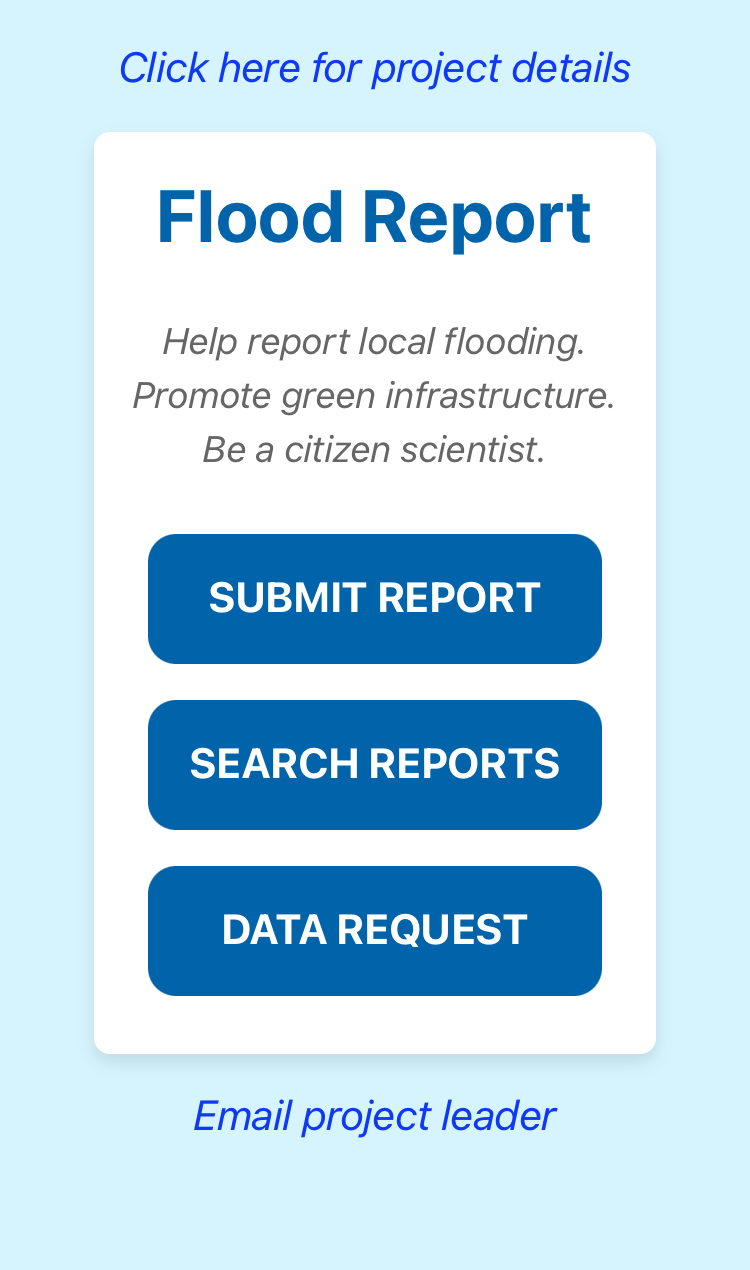
TRaining session
May 2025








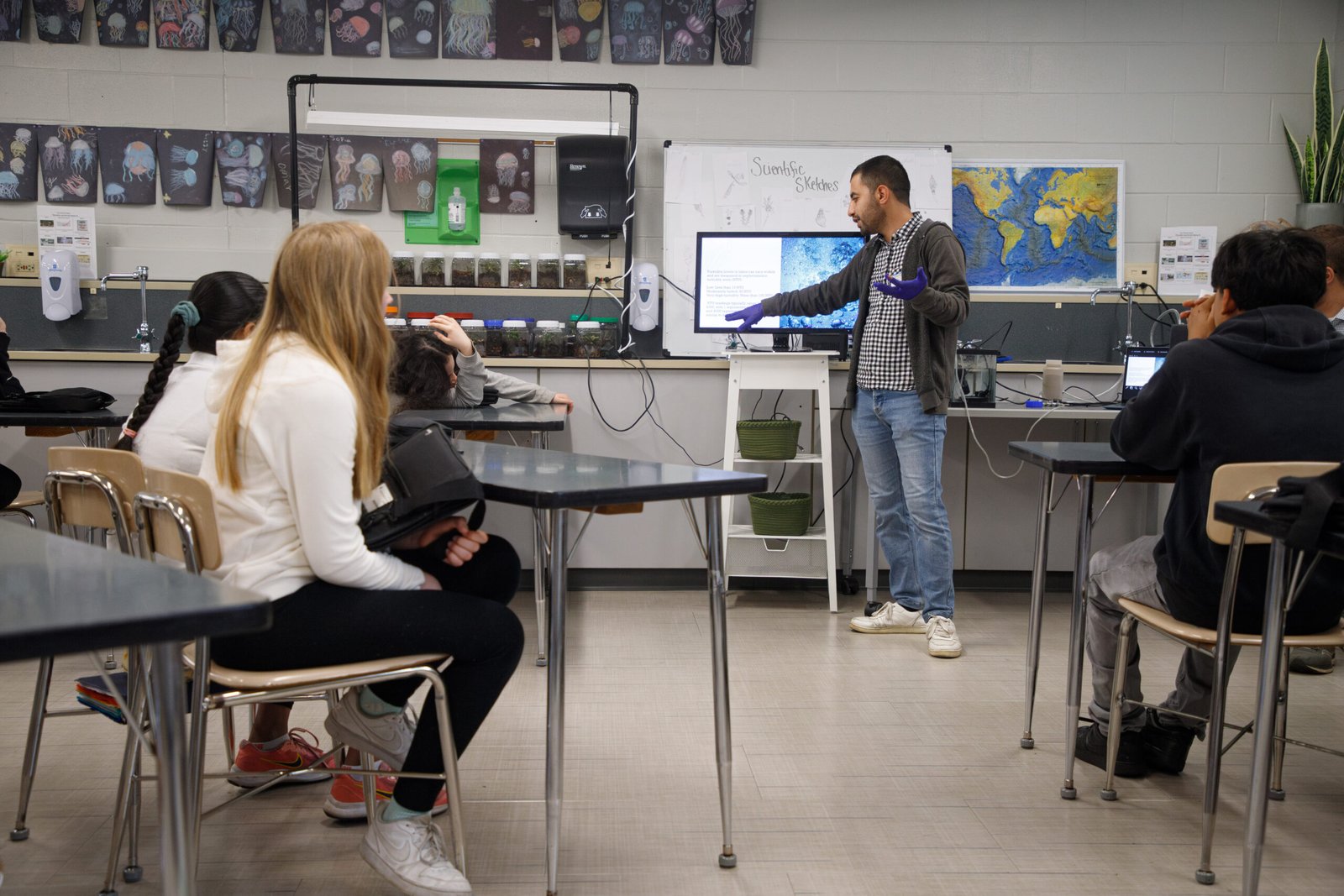
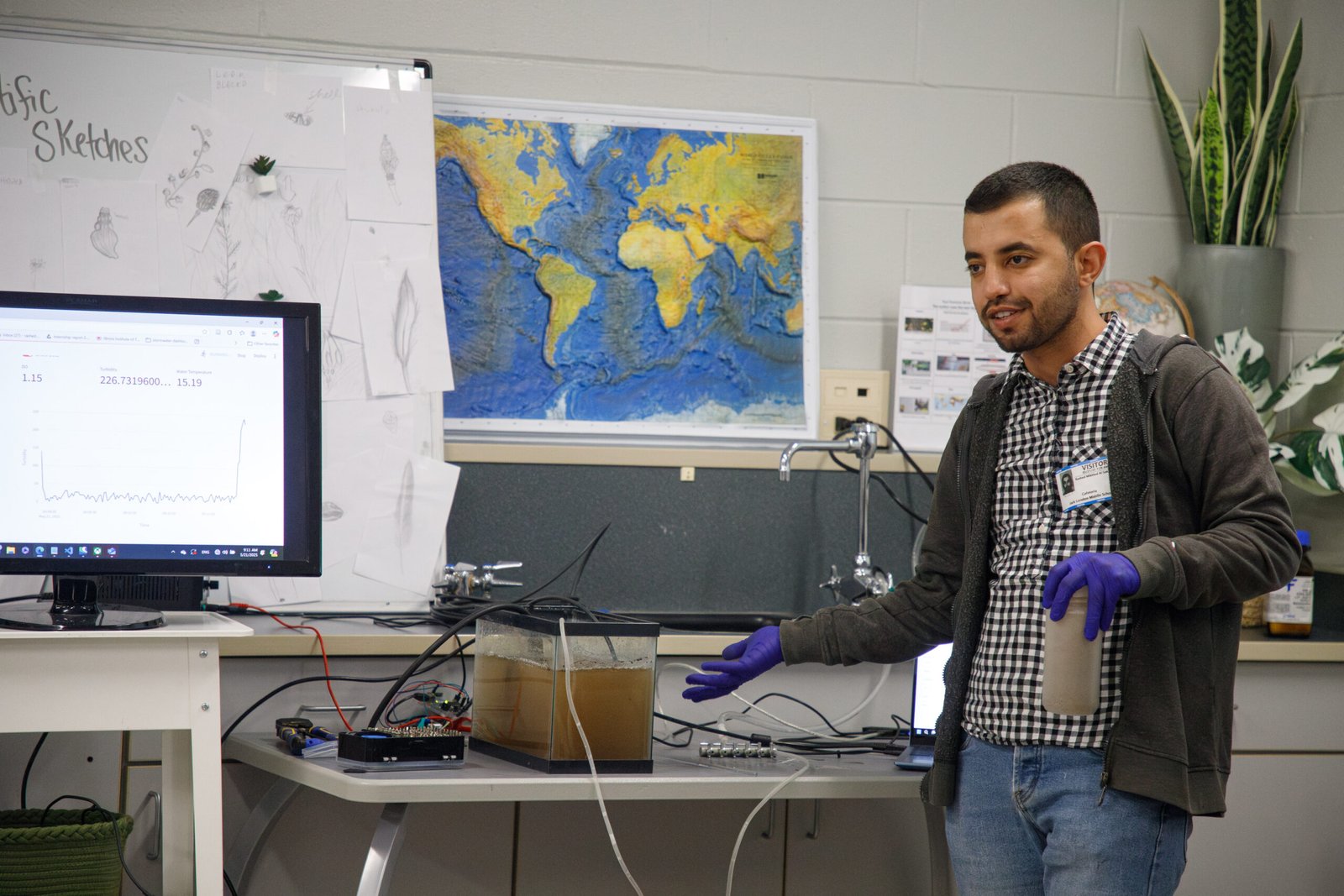
training session
september 2024
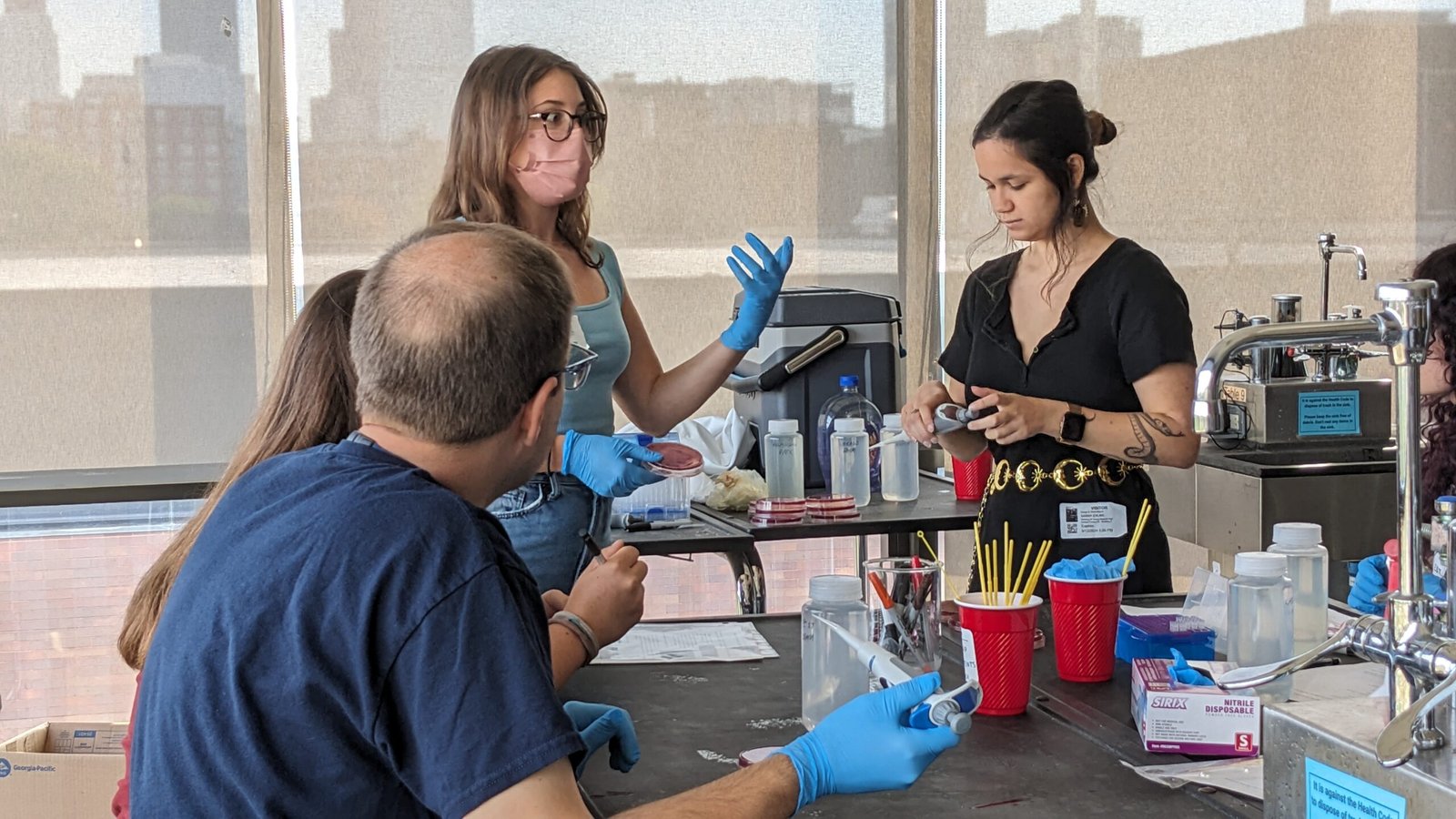
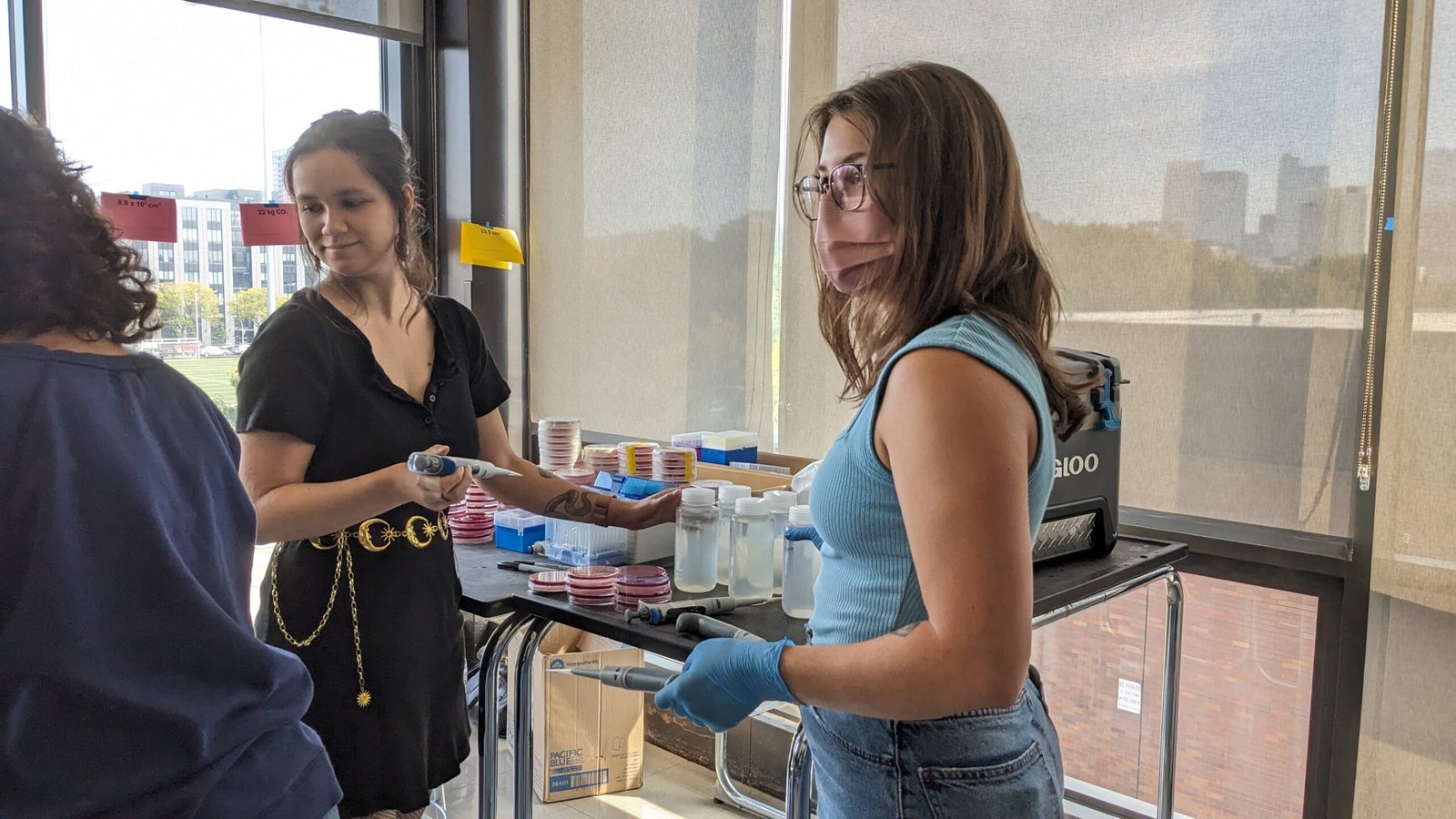
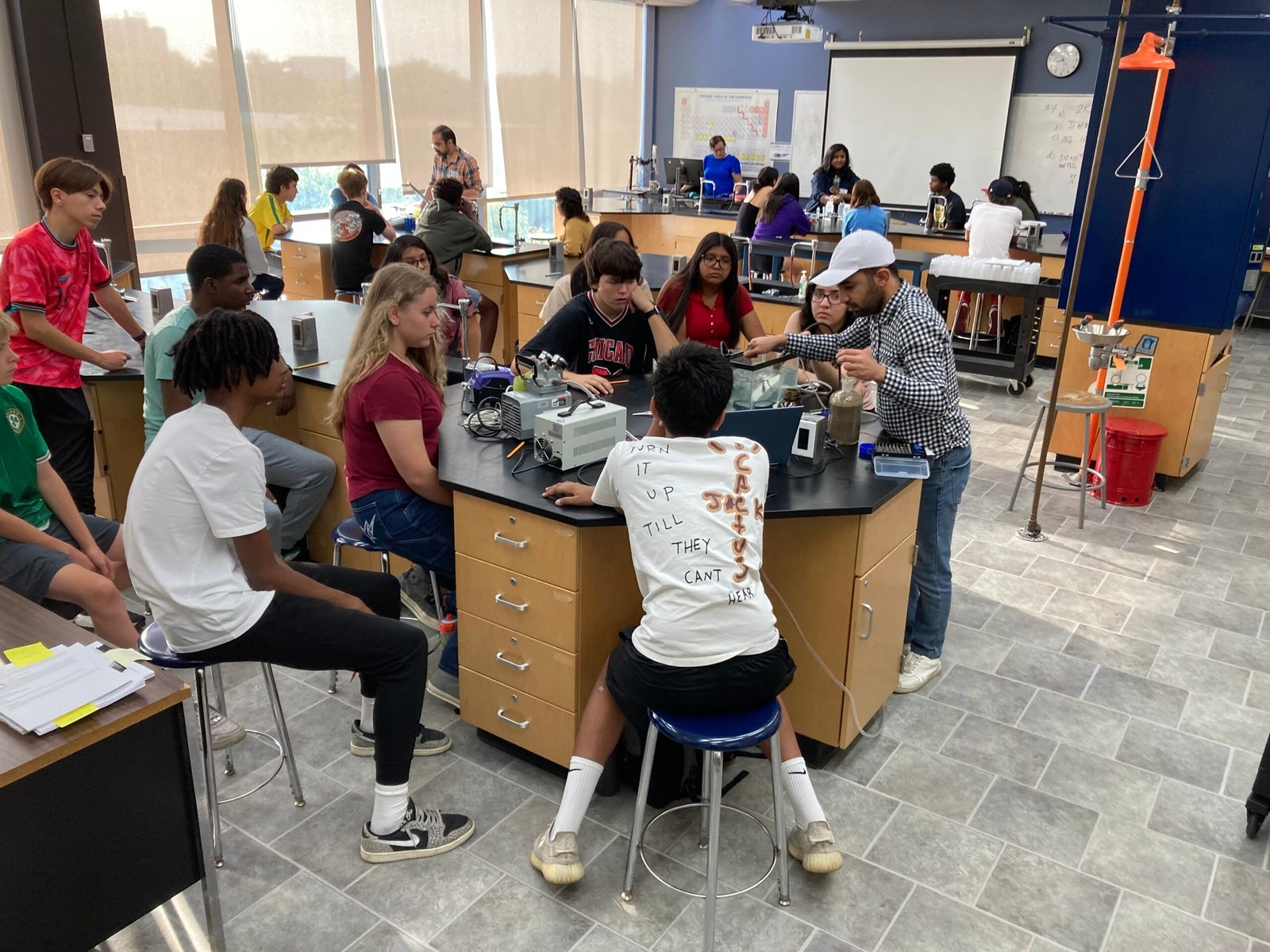
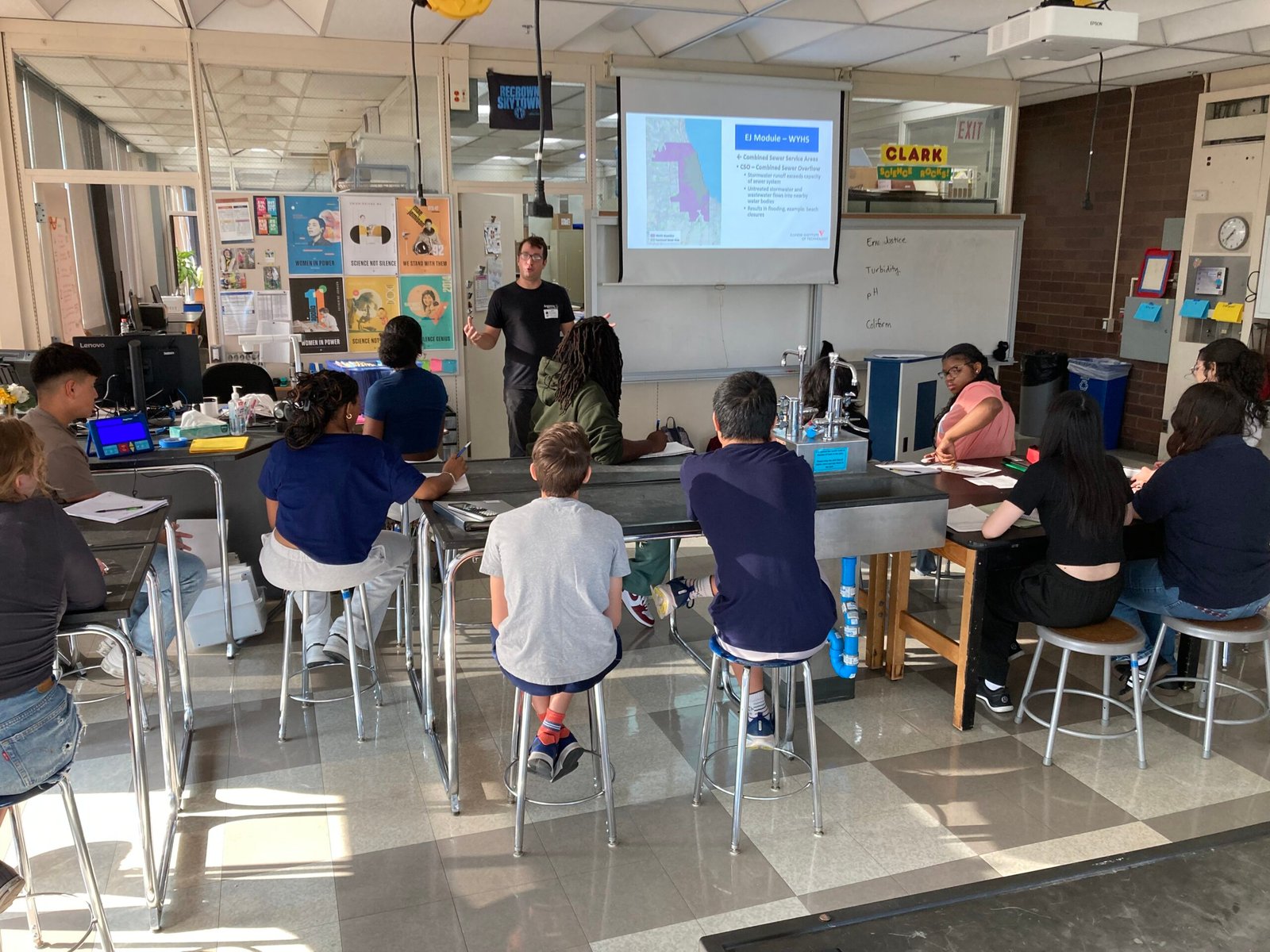
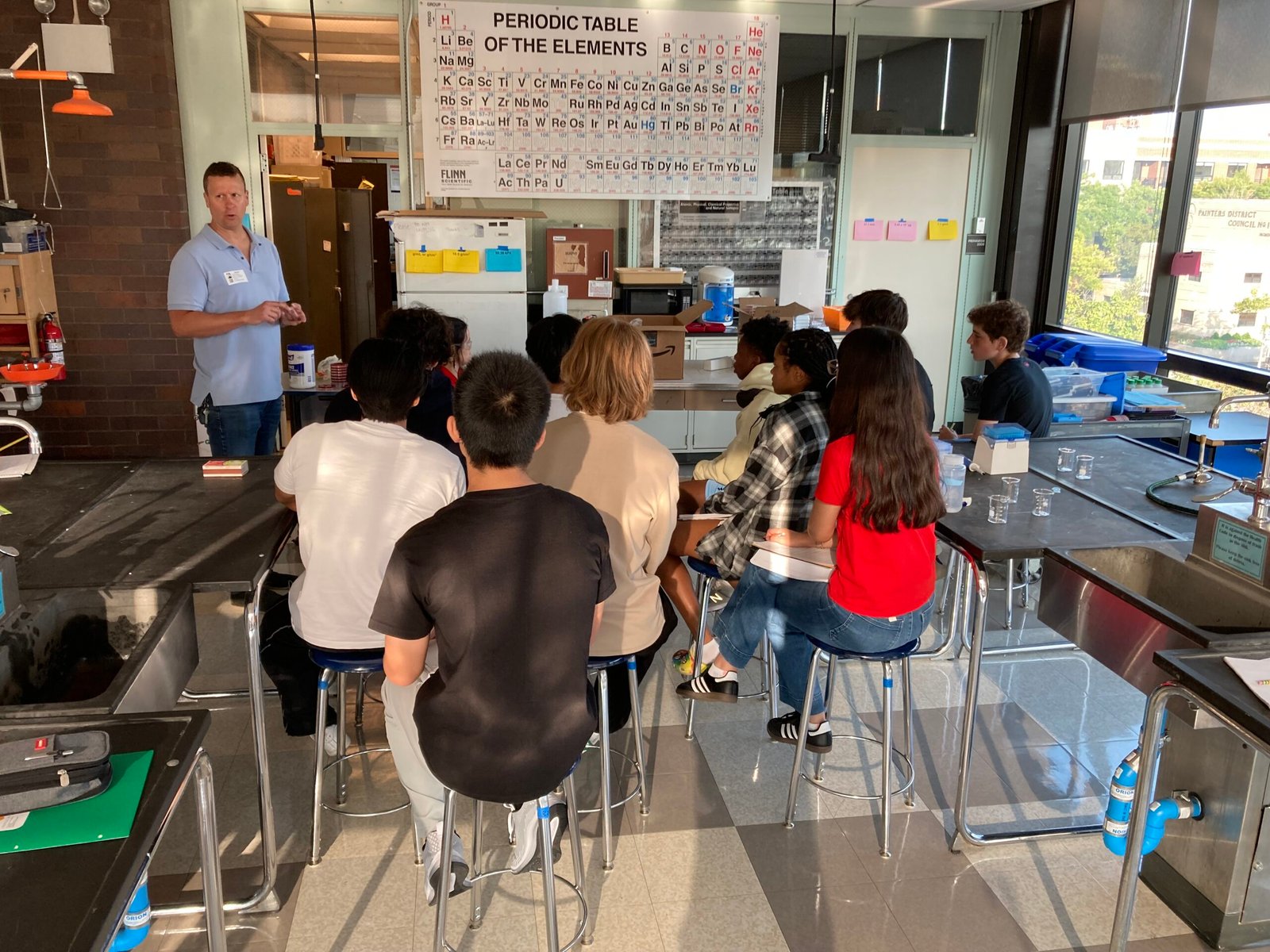
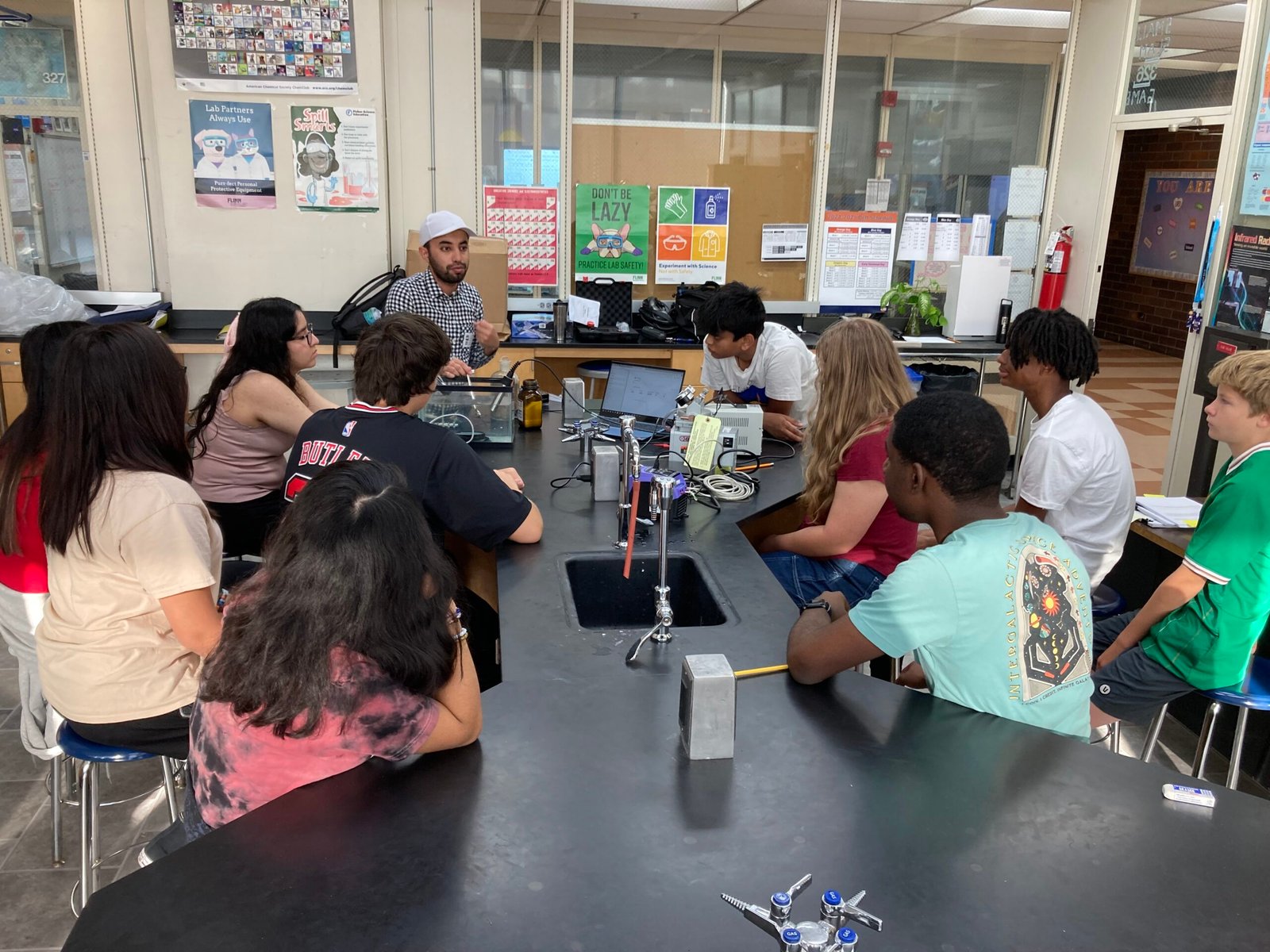
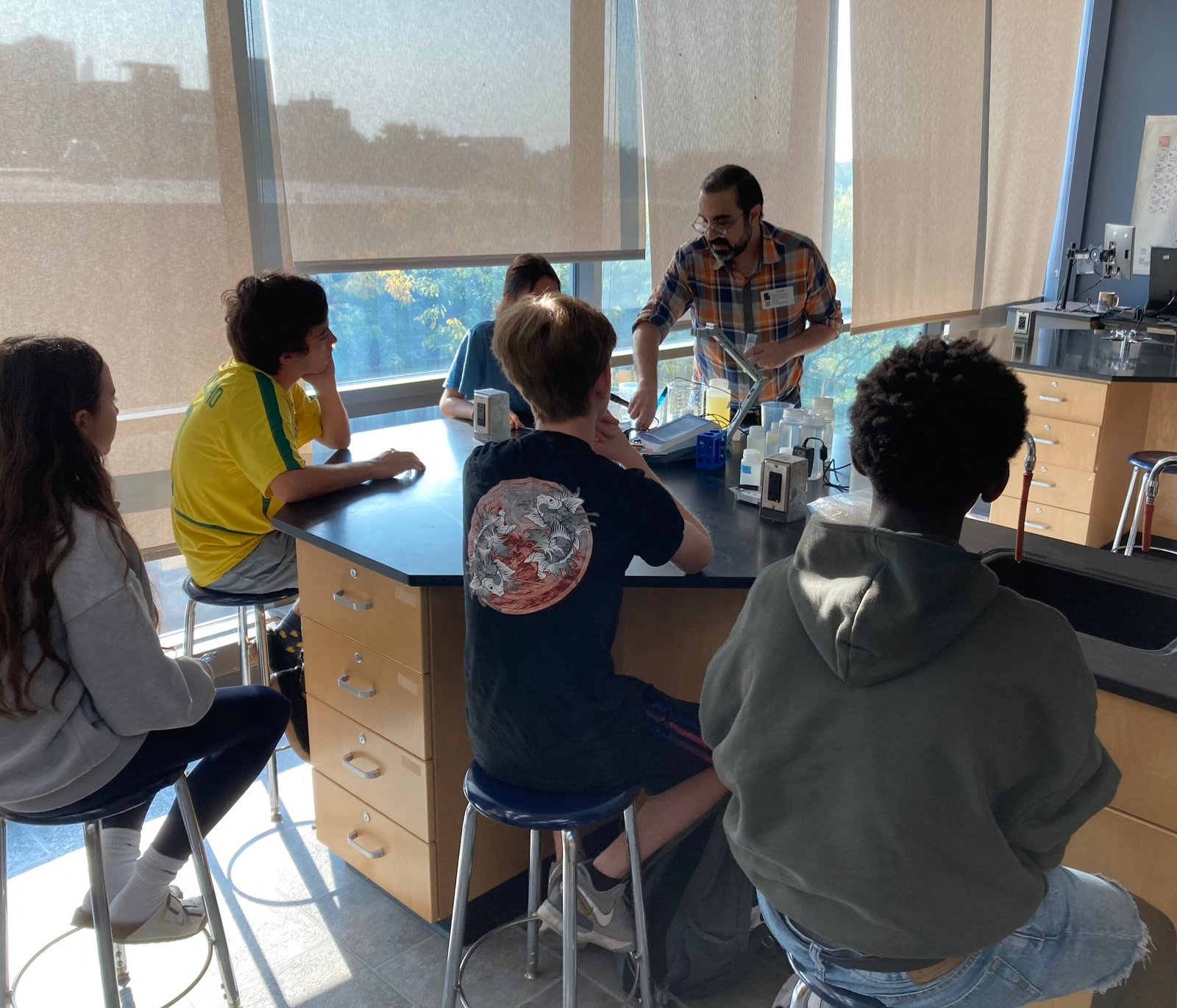
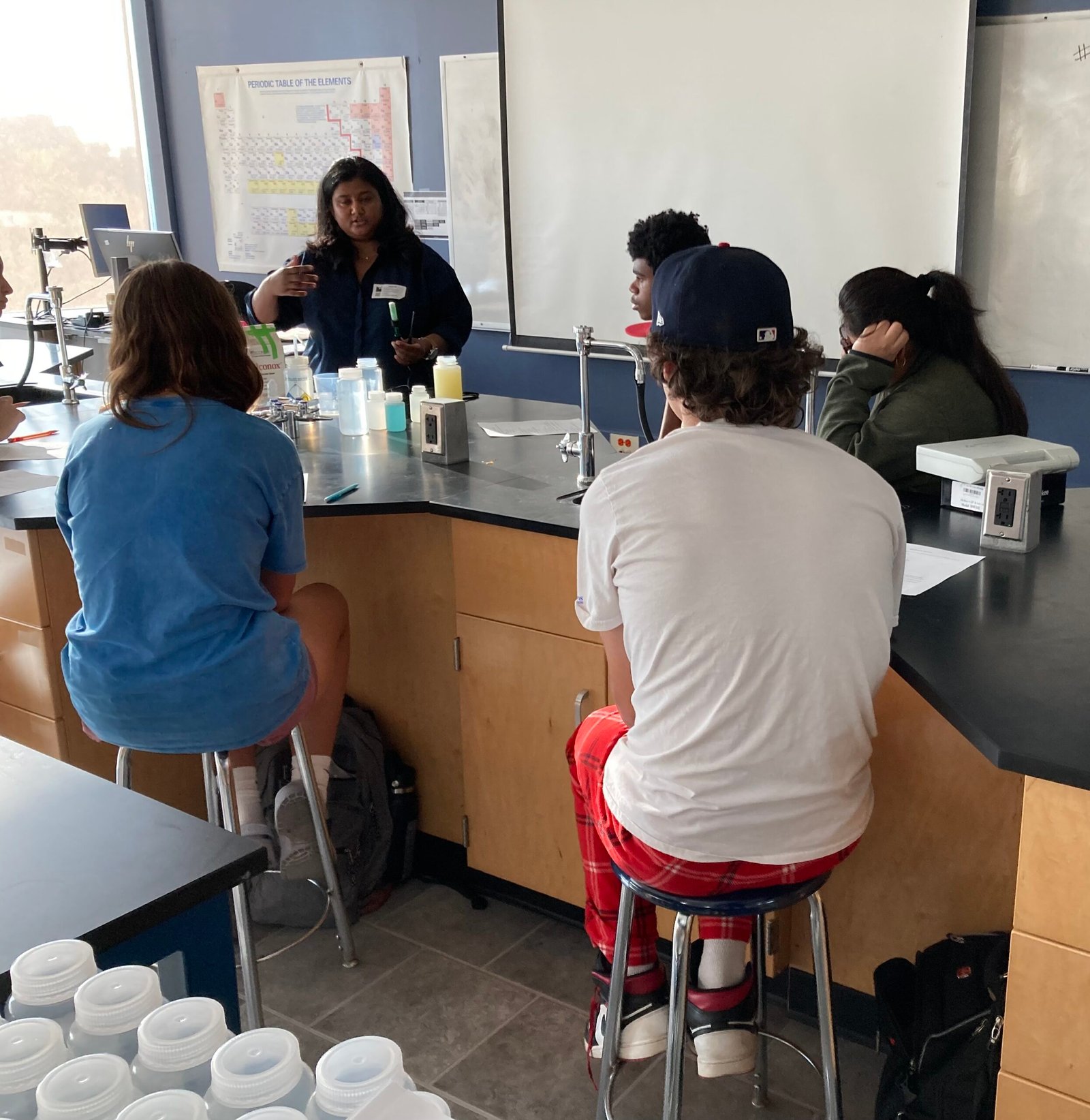
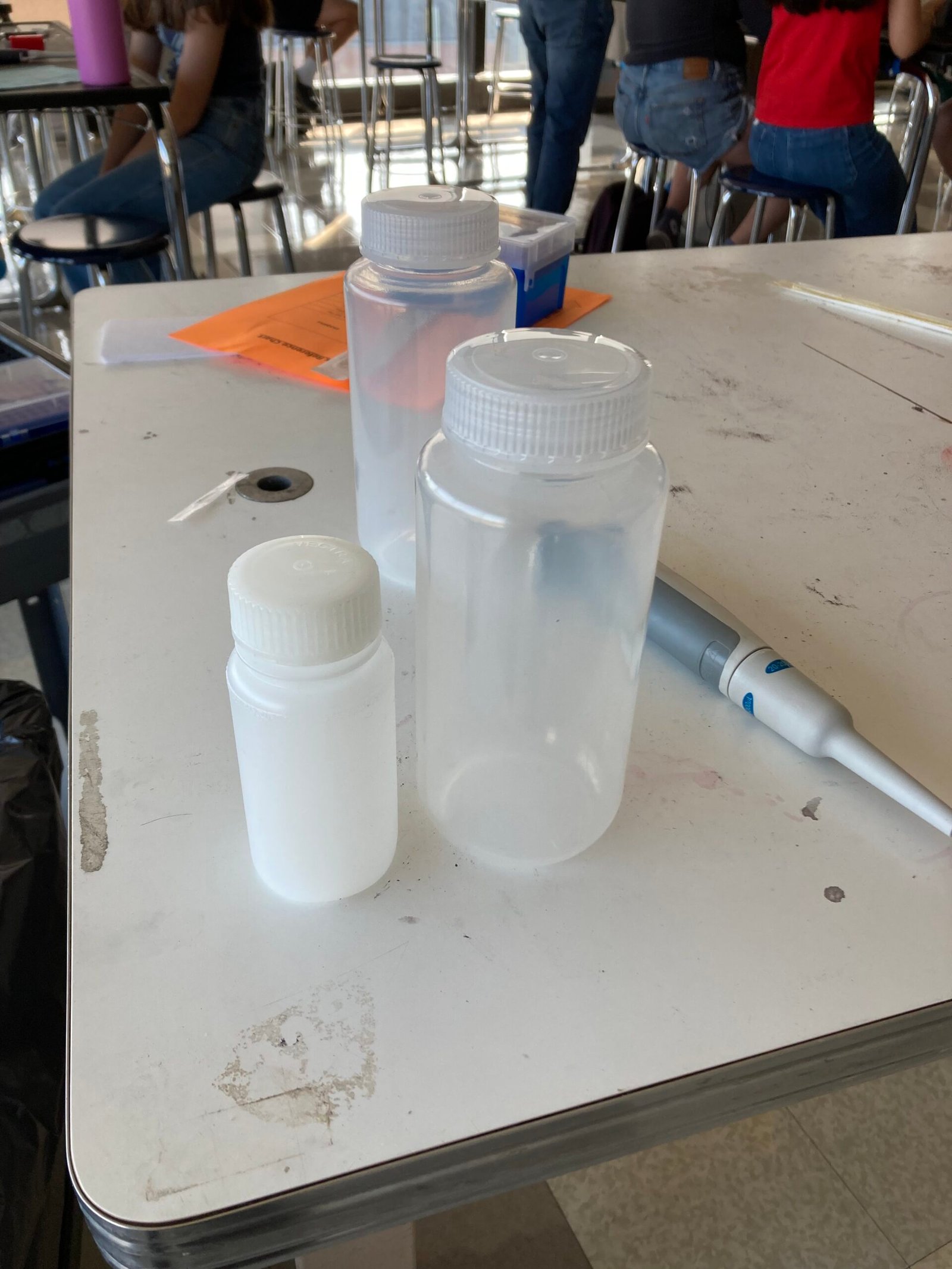

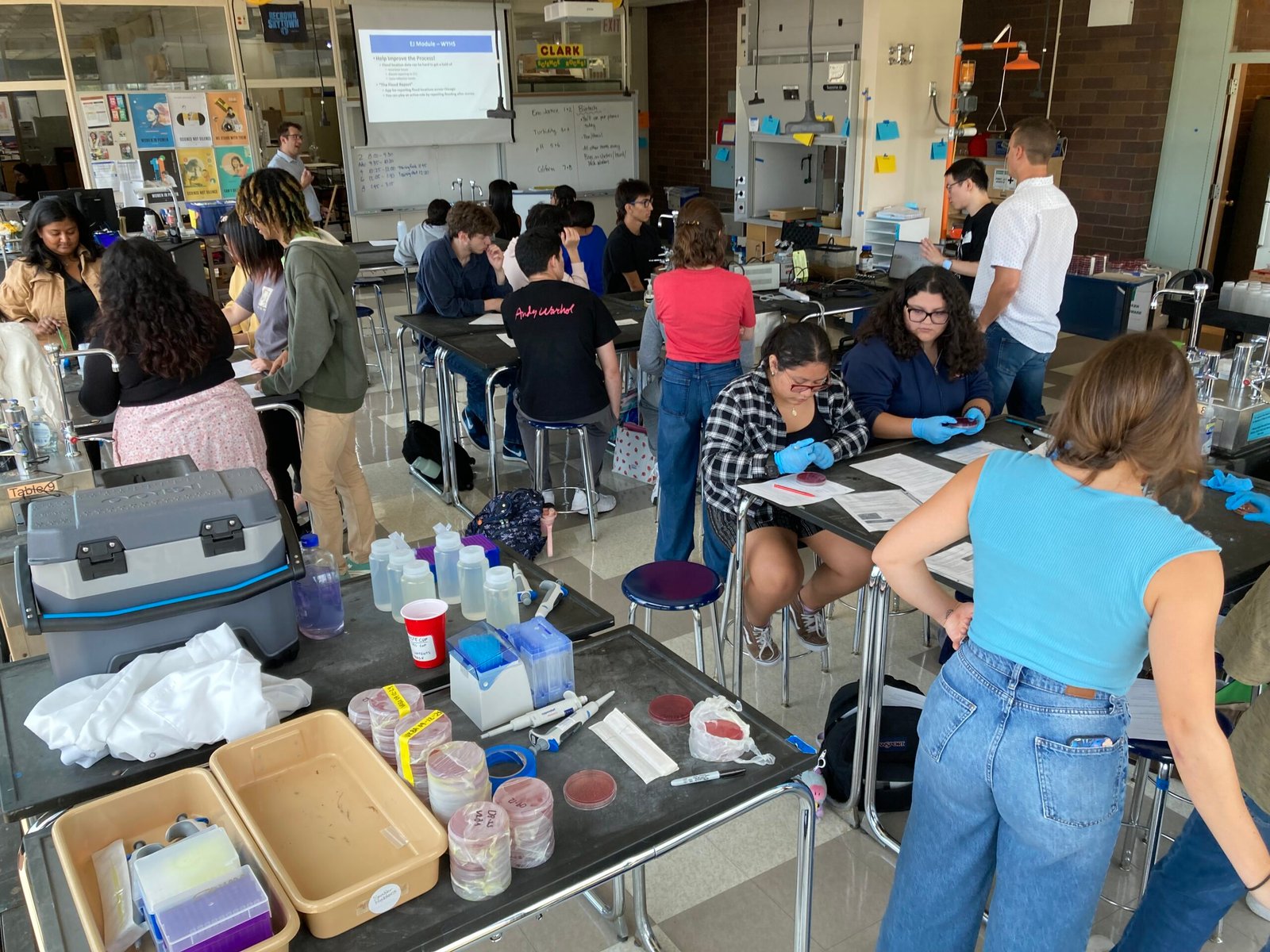
TRaining session
JUNE 2024
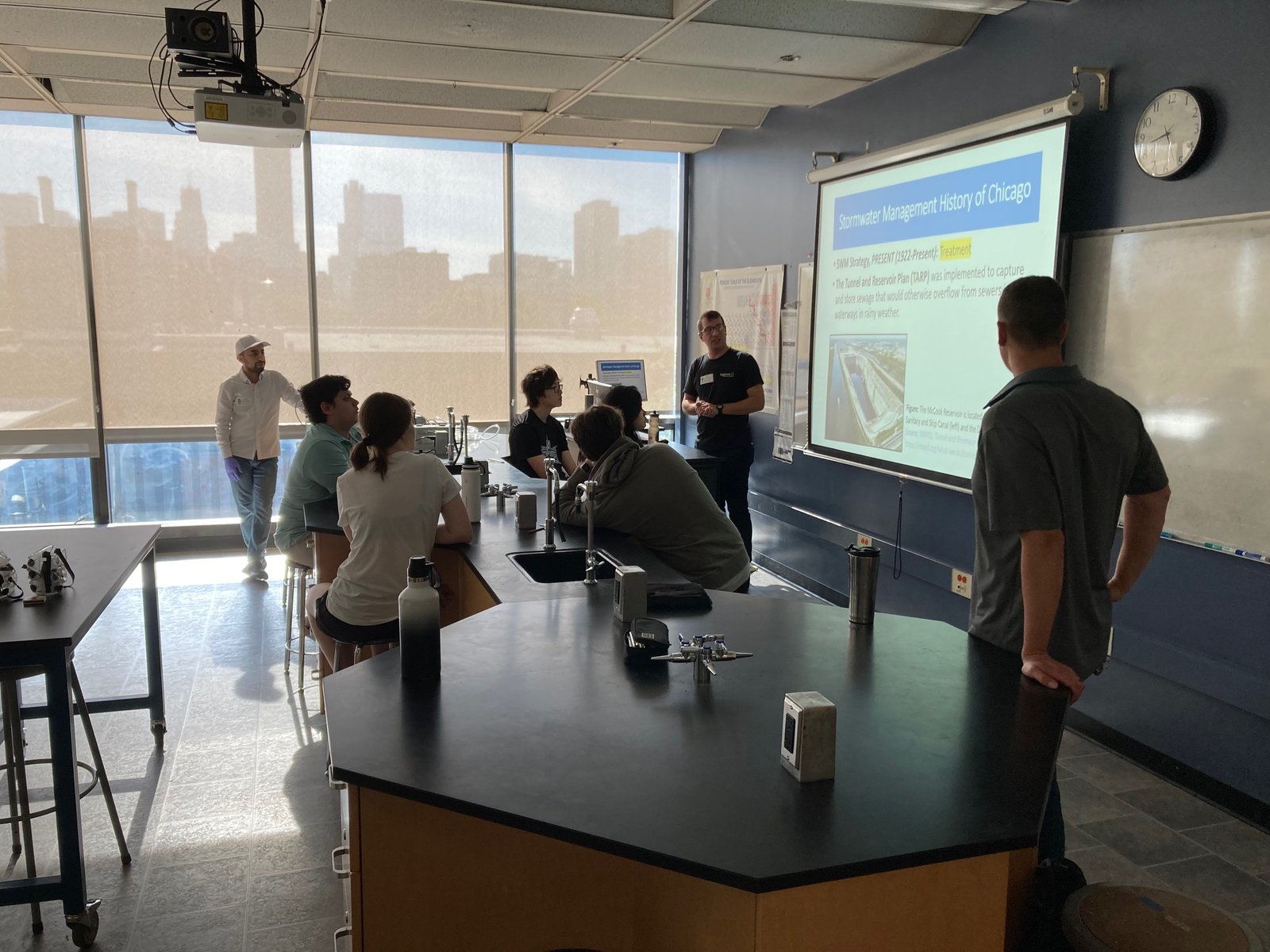

TRaining session AT ILLINOIS TECH’s CAEE DEPARTMENT
APRIL 2024
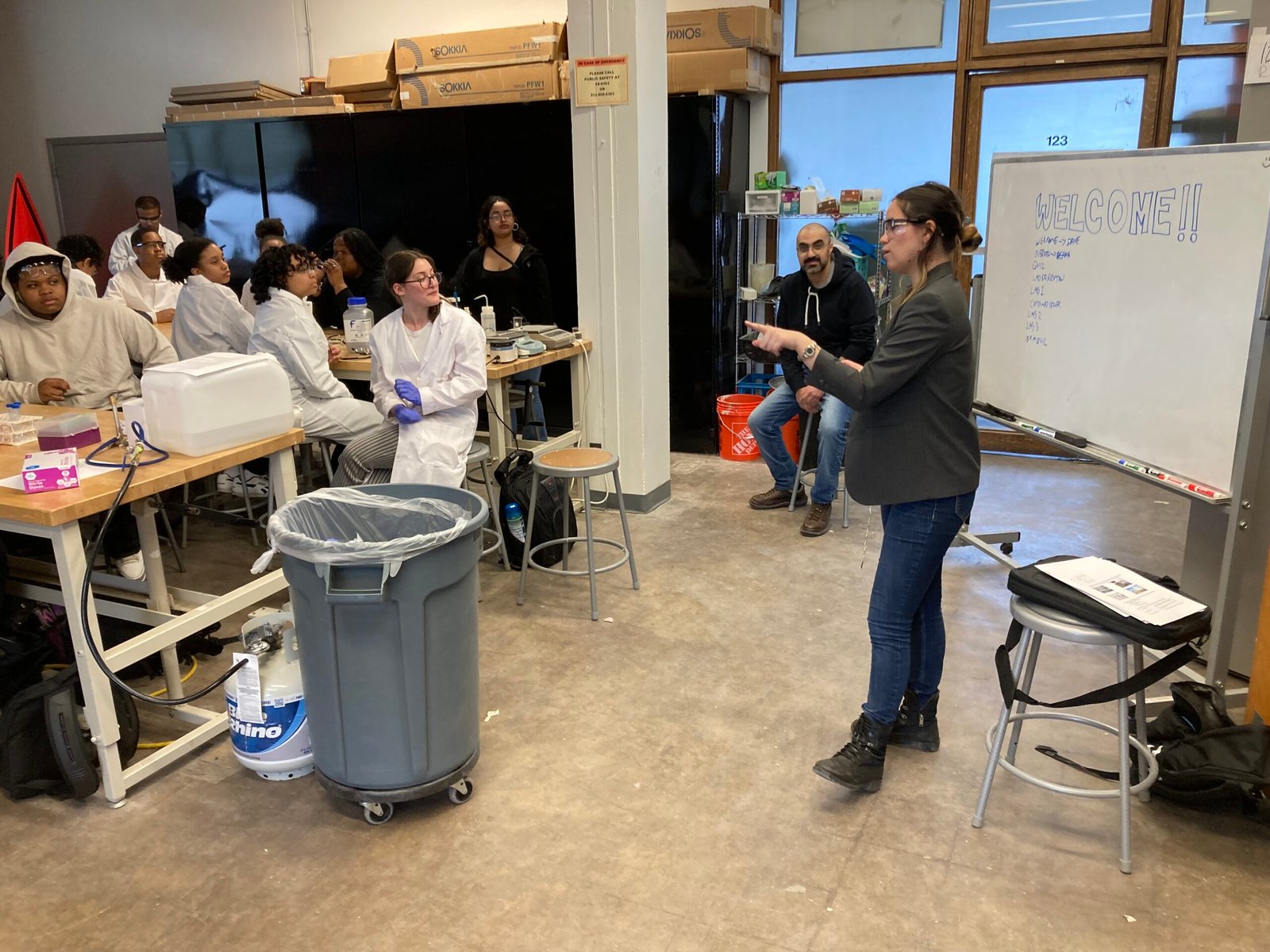


Englewood walk
February 2024
